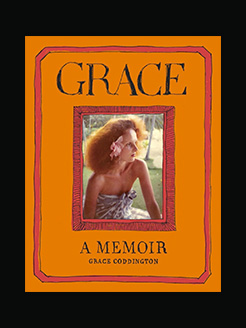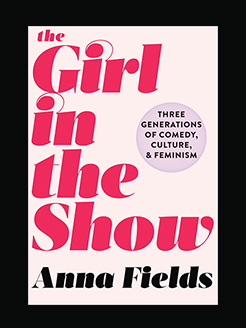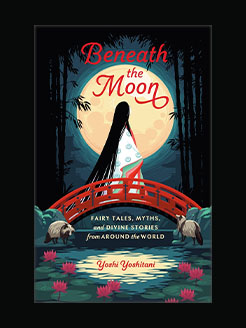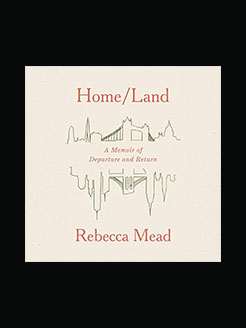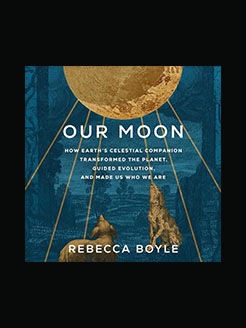Published in 2017
256 pages
Whitney Chadwick is a professor emerita at San Francisco State University. She has published on issues of gender and sexuality in surrealism, modernism, and contemporary art. Her book Women, Art, and Society (Thames and Hudson, 1990; fifth revised and updated edition, 2011) explores the history of women’s contributions to visual culture from the Middle Ages to the 21st century through an examination of the intersection of class, gender, race, and sexuality with culture, geography, politics, and criticism.
Chadwick received her PhD from the Pennsylvania State University. In 2003, she was awarded an honorary doctorate by the University of Gothenburg. Her research has been supported by fellowships at the Sterling and Francine Clark Art Institute and the Forum for Advanced Studies in Arts, Languages, and Theology at Uppsala University.
What is this book about?
A fascinating examination of the ambitions and friendships of a talented group of midcentury women artists
Farewell to the Muse documents what it meant to be young, ambitious, and female in the context of an avant-garde movement defined by celebrated men whose backgrounds were often quite different from those of their younger lovers and companions. Focusing on the 1930s, 1940s, and 1950s, Whitney Chadwick charts five female friendships among the Surrealists to show how Surrealism, female friendship, and the experiences of war, loss, and trauma shaped individual women’s transitions from someone else’s muse to mature artists in their own right. Her vivid account includes the fascinating story of Claude Cahun and Suzanne Malherbe in occupied Jersey, as well as the experiences of Lee Miller and Valentine Penrose at the front line.
Chadwick draws on personal correspondence between women, including the extraordinary letters between Leonora Carrington and Leonor Fini during the months following the arrest and imprisonment of Carrington’s lover Max Ernst and the letter Frida Kahlo shared with her friend and lover Jacqueline Lamba years after it was written in the late 1930s. This history brings a new perspective to the political context of Surrealism as well as fresh insights on the vital importance of female friendship to its progress.

